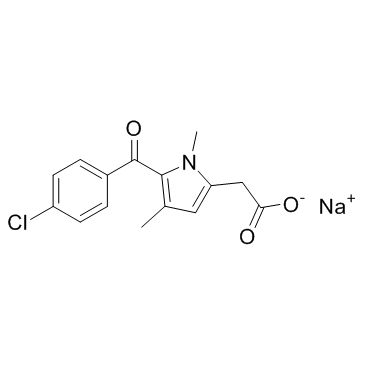India ink staining after sodium dodecyl sulfate polyacrylamide gel electrophoresis and in conjunction with Western blots for peptide mapping by matrix-assisted laser desorption/ionization time-of-flight mass spectrometry.
Klaus Klarskov, Stephen Naylor
Index: Rapid Commun. Mass Spectrom. 16(1) , 35-42, (2002)
Full Text: HTML
Abstract
We present an approach that allows matrix-assisted laser desorption/ionization time-of-flight mass spectrometric (MALDI-TOFMS) peptide mapping of proteins separated by sodium dodecyl sulfate polyacrylamide gel electrophoresis (SDS-PAGE) and electroblotted onto nitrocellulose (NC). After blocking the nitrocellulose membrane with polyvinylpyrrolidone-40 the immobilized proteins are visualized using India Ink staining which allows the detection of low nanogram amounts of protein. The utilization of a low concentration of Tween 20 (0.05%) in the India Ink staining solution does not negatively impair the quality of the mass spectra. Due to the virtual nondestructive nature of the stain proteolytic peptides could be recovered from the NC membrane. Taking into account minor precautions during the sample manipulation and concentration and by loading the sample onto a pre-crystallized matrix layer, high quality mass spectral data were obtained on <100 femtomoles of protein loaded onto the gel. Finally, the use of India Ink in conjunction with Western blot analysis is also demonstrated. A rat plasma protein, characterized by Western blot as a covalently modified protein-drug compound, was subjected to peptide mapping and post source decay (PSD) sequencing of peptides. The zomepirac-modified protein was identified as the alpha-subunit of fibrinogen.Copyright 2001 John Wiley & Sons, Ltd.
Related Compounds
| Structure | Name/CAS No. | Molecular Formula | Articles |
|---|---|---|---|
 |
Zomepirac (sodium salt)
CAS:64092-48-4 |
C15H13ClNNaO3 |
|
Limitations of hepatocytes and liver homogenates in modellin...
1999-02-01 [J. Pharmacol. Toxicol. Methods 41(1) , 27-32, (1999)] |
|
Regulating the cancer-inducing potential of non-steroidal an...
1998-01-01 [Soc. Sci. Med. 46(1) , 39-51, (1998)] |
|
Identification of zomepirac-S-acyl-glutathione in vitro in i...
2003-11-01 [Drug Metab. Dispos. 31(11) , 1429-36, (2003)] |
|
Single dose oral mefenamic acid for acute postoperative pain...
2011-01-01 [Cochrane Database Syst. Rev. (3) , CD007553, (2011)] |
|
Single dose oral fenoprofen for acute postoperative pain in ...
2011-01-01 [Cochrane Database Syst. Rev. (2) , CD007556, (2011)] |